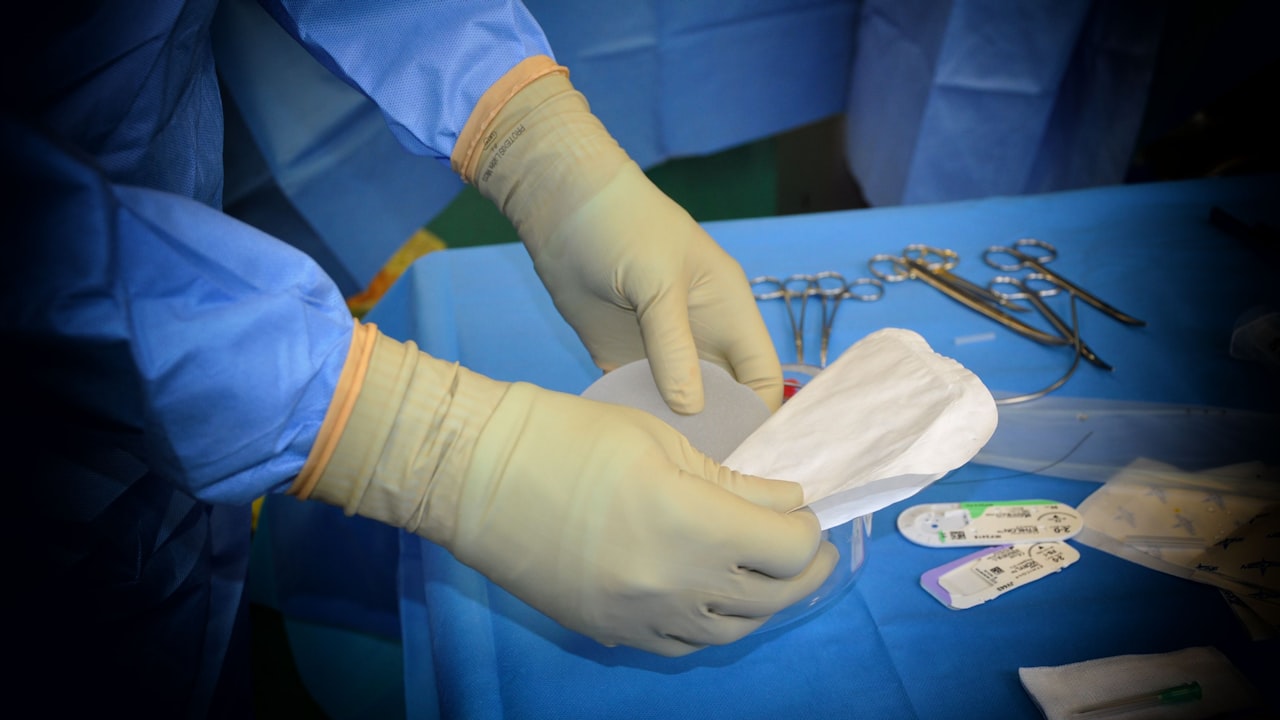Just like in any other field, medical-related personnel also carry a uniform. Considering the hospital uniform, there are certain types of them as well. It is common knowledge in medicine that one should not place too much stock in first impressions.
However, there is nothing like a "uniform appearance" regarding clothing, including uniforms. Your uniform communicates a lot about who you are and where you are in the hierarchy of the medical field, regardless of whether you are a doctor, physician, or medical assistant.
The following are the most common forms of uniforms used in the medical field.
Five common kinds of hospital uniforms
PPE
The term "personal protection equipment" (PPE) refers to the uniforms worn by healthcare workers to prevent the spread of disease. Gloves, gowns, masks, and goggles are standard personal protective equipment. Although personal protective equipment (PPE) isn't technically a "uniform," it is still a crucial aspect of any doctor's wardrobe.
Scrubs
There's a good reason scrubs are the de facto uniform of choice in the medical field. They're soft, durable, and simple to maintain and clean. You can pick a scrub ensemble that complements your own style since they come in a wide range of colors and designs.
White Coat
It has been a sign of the medical field for a very long time, and the white coat continues to be one of the most prominent uniform options for physicians and medical professionals. The white coat is professional in appearance, and it has stood the test of time. In order to keep doctors comfortable over lengthy shifts, white coats are often composed of breathable, lightweight fabrics.
Nurses and NPs must dress uniformly at all times.
In most hospitals and clinics, nurses, including nurse practitioners, are required to adhere to a dress code, even if the uniform they wear may differ slightly from one location to the next. Scrubs are a combination of a shirt and pants, and a white coat is used over the top as part of the standard uniform. Additional accessories, including identification badges and stethoscopes, may also be part of the dress code.
Medical Staff Uniform Requirements
Other than nurses and NPs, physicians and other medical personnel also have a standard uniform dress code. White coats, shirts, ties, and pants are typical of such outfits. Medical professionals may be expected to identify themselves publicly at some facilities.
The exact uniform may change from one medical facility to the next, but medical staff generally dress neatly and professionally. As doctors, we know how crucial it is to have our patient's trust in us. In addition, doctors spend a lot of time on their feet throughout their shifts. Therefore, the uniforms must be loose and simple to move around in.
Conclusion
Selecting a uniform for use in the medical field involves several considerations. The good news is that if you keep these five things in mind while shopping for a uniform, you'll be able to find the perfect one.


